Log in to enjoy exclusive privileges for members.
Login / Register- Home
- PCB/SMT Service
- Products
-
Manufacturers
- Analog Devices
- Diodes Incorporated
- ROHM Semiconductor
- Toshiba
- NXP
- Infineon Technologies
- Micron Technology
- Skyworks Solutions, Inc.
- Nexperia
- Mini-Circuits
- Analog Devices / Maxim Integrated
- Vishay Semiconductors
- Chemi-Con
- KEMET
- KYOCERA AVX
- MURATA
- TAIYO YUDEN
- Rubycon
- TDK
- Vishay / BC Components
- GigaDevice
- Micro Commercial Components (MCC)
- TE Connectivity
- YAGEO
- Onsemi
- Littelfuse
- American Bright LED
- ams OSRAM
- Cree LED
- Wurth Elektronik
- Lumileds
- Lite-On
- Luminus Devices
- Broadcom / Avago
- Amphenol FCI
- Hirose Electric
- Molex
- Samtec
- Phoenix Contact
- HARTING
- Samsung Electro-Mechanics
- Walsin
- Harwin
- Bourns
- EPCOS / TDK
- Monolithic Power Systems (MPS)
- Nichicon
- Bussmann / Eaton
- Coilcraft
- SEI Stackpole
- IRC / TT Electronics
- KOA Speer
- Welwyn Components / TT Electronics
- WeEn Semiconductors
- Renesas Electronics
- IXYS
- Torex Semiconductor
- Central Semiconductor
- Comchip Technology
- Panjit
- Sharp Microelectronics
- Optek / TT Electronics
- Everlight
- MaxLinear
- FTDI, Future Technology Devices International Ltd
- Silicon Labs
- Apex Microtechnology
- Nisshinbo
- Alliance Memory
- Diotec Semiconductor
- ISSI
- Intelligent Memory
- Winbond
- Intel
- CHiNT
- STMicroelectronics
- Microchip Technology
- Texas Instruments
- NEC
- Samsung
- Qualcomm
- Panasonic
- Services
- News
-
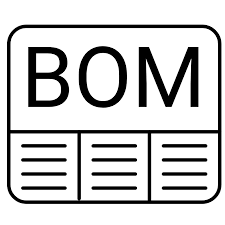 Upload BOM List
Upload BOM List
-
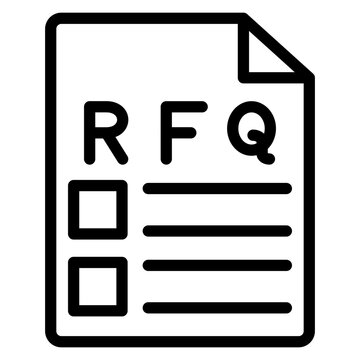 RFQ
RFQ
-
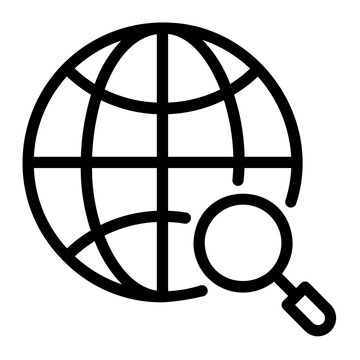 Global Sourcing
Global Sourcing
-
 Cost Saving
Cost Saving
-
Integrated Circuits - ICs
-
Integrated Circuits - ICs
-
Interface ICs
-
Embedded Processors & Controllers
-
Power Management ICs
-
Optocouplers / Photocouplers
-
Clock & Timer ICs
-
Logic ICs
-
Amplifier ICs
-
Memory ICs
-
Wireless & RF Integrated Circuits
-
Data Converter ICs
-
Switch ICs
-
Communication & Networking ICs
-
Counter ICs
-
Digital Potentiometer ICs
-
- Passive Components
- Capacitors
- LED Lighting
- Connectors
- Discrete Semiconductor
- Optoelectronics
- Cables & Wires
- RF & Wireless
- Sensors
-
View All Products
What is Through-Hole Technology (THT)
Through Hole PCB Assembly
The Through hole PCB assembly process starts with the placement of the components onto the board, with the leads going through the holes. The components are then held in place using either adhesive or a specialized tool called a “third hand.” The leads are then soldered onto the board using a soldering iron, and excess solder is removed with a solder wick or vacuum desoldering tool. This process has several features and benefits that make it a preferred option in certain situations.

Common Types of Through-Hole PCB Assembly
There are different types of through-hole PCB assembly techniques. Here are some of the most common types:
- Manual Through-Hole Assembly: In this method, components are inserted and soldered onto the PCB by hand, using a soldering iron and solder wire. This method is suitable for small-scale production or prototypes, where high precision is required.
- Wave Soldering: In Wave Soldering, the components with through-hole leads are inserted onto the PCB and held in place by a masking. The PCB is then passed over the wave of molten solder, which solders the components onto the board.
- Selective Soldering: Selective soldering is a process where components are soldered onto specific areas of the PCB, rather than the entire board. This method is suitable for complex PCBs with mixed technology components, where wave soldering may not be effective.
- Automated Through-Hole Assembly: Automated through-hole assembly involves using robots to insert components onto the PCB and solder them into place. This method is suitable for high-volume production, requiring speed and efficiency.
Steps in Through-Hole PCB Assembly

Through-hole PCB assembly involves several steps, including drilling hold in the PCB inserting and soldering the components onto the PCB, and inspecting the finished board. Here are the detailed steps involved in through-hole PCB assembly:
- Component Insertion: Once the holes are plated, the next step is to insert the components into the holes. This is done manually or using a component insertion machine, which aligns the components and inserts them into the
- Soldering: After the components are inserted, the next step is to solder them onto the PCB. Soldering through hole components onto a PCB involves several steps:
- Preparing the PCB: Before starting, ensure that the PCB is clean and free of debris. Use a soldering iron with a small tip to clean any excess solder from the holes.
-
- Inserting the Components: Insert the components into their respective holes, ensuring that they are oriented correctly. Once in place, bend the leads slightly to hold them in
- Soldering: Heat the solder iron and apply it to the lead and the pad on the opposite side of the Apply a small amount of solder to the joint, ensuring that the solder flows evenly and creates a good connection. Once the joint cools, trim the excess lead with wire cutters.
- Inspecting the Joint: After soldering each joint, inspect it visually to ensure that the solder has flowed properly and that there are no cold joints or other defects.
- Cleaning: After soldering, the PCB is cleaned to remove any flux residues or other contaminants. This is done using a cleaning machine or a solvent that dissolves the contaminants.
- Inspection: Once the cleaning is complete, the finished PCB is inspected for quality control purposes. This involves checking the solder joints, verifying the component orientation, and testing the electrical connectivity of the
- Finishing: The final step in through-hole PCB assembly is to finish the board. This involves trimming the excess leads of the components, applying a protective coating, and marking the board with any necessary information or labels.
Benefits of Using THT PCB Assembly
- Reliability:Through hole PCB assembly offers a high level of reliability and This is because the components are mechanically held in place with the leads going through the board and being soldered on both sides, ensuring a secure connection.
- High-Quality Connections: Through-hole PCB assembly produces high-quality connections that are less likely to break or
- Longevity: Through-hole PCB assembly has been used for decades and has a proven track record of longevity and
- Cost-Effective: Through hole PCB assembly is a cost-effective option for low to medium volume production runs. It requires less specialized equipment than surface mount technology, making it more accessible to small businesses and
- Easy to Troubleshoot: Through-hole PCB assembly is easier to troubleshoot than surface mount The components are larger and more visible, making it easier to identify and repair any issues.
- Versatility: Through-hole PCB assembly is versatile and can be used for a wide range of electronic products. It is particularly useful for products that require high power handling or high mechanical stability.
Through Hole vs Surface Mount
Through hole PCBs have several advantages over surface mount technology, including:
- Mechanical Stability: Through hole components are mechanically more stable than surface mount The leads of through hole components go through the PCB and are soldered on both sides, making them less likely to move or break.
- Higher Power: Through hole components can handle higher power than surface mount components due to their larger size and better thermal conductivity.
- Easier to Solder: Through hole components are easier to solder for beginners due to their larger size and conductivity.
Featured News
-
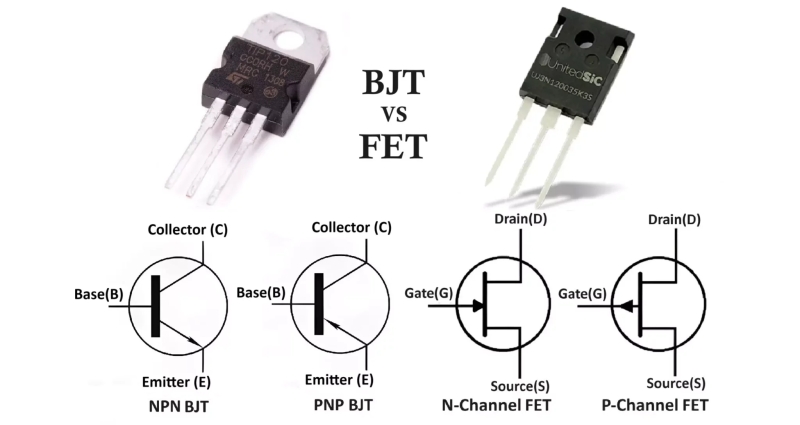
Difference Between BJT and FET | (BJT vs FET)
13/08/2024 76
-

What is a diode?
13/08/2024 53
-
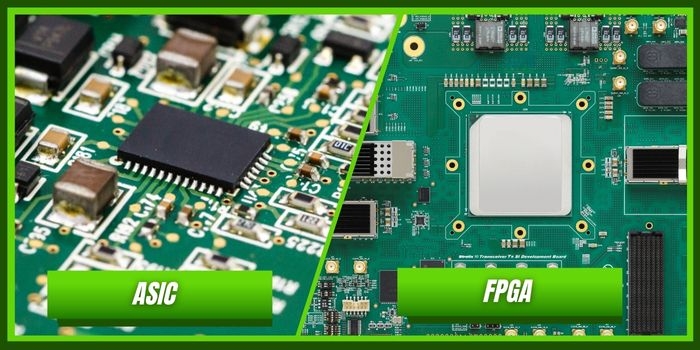
-
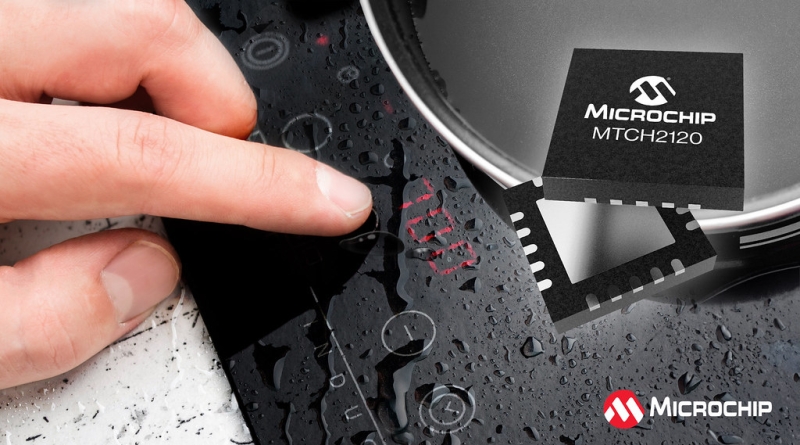
Microchip expands capacitive touch controller family
11/12/2024 35
-
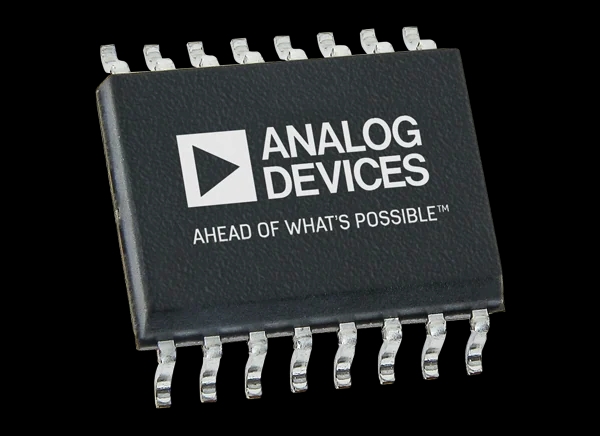
What Exactly is the ADXRS453BRGZ?
11/12/2024 13
-
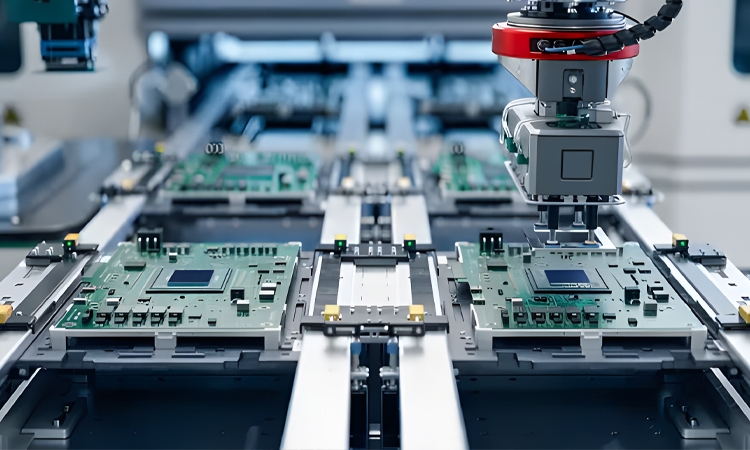
SMT PCB Assembly and Service
11/12/2024 40

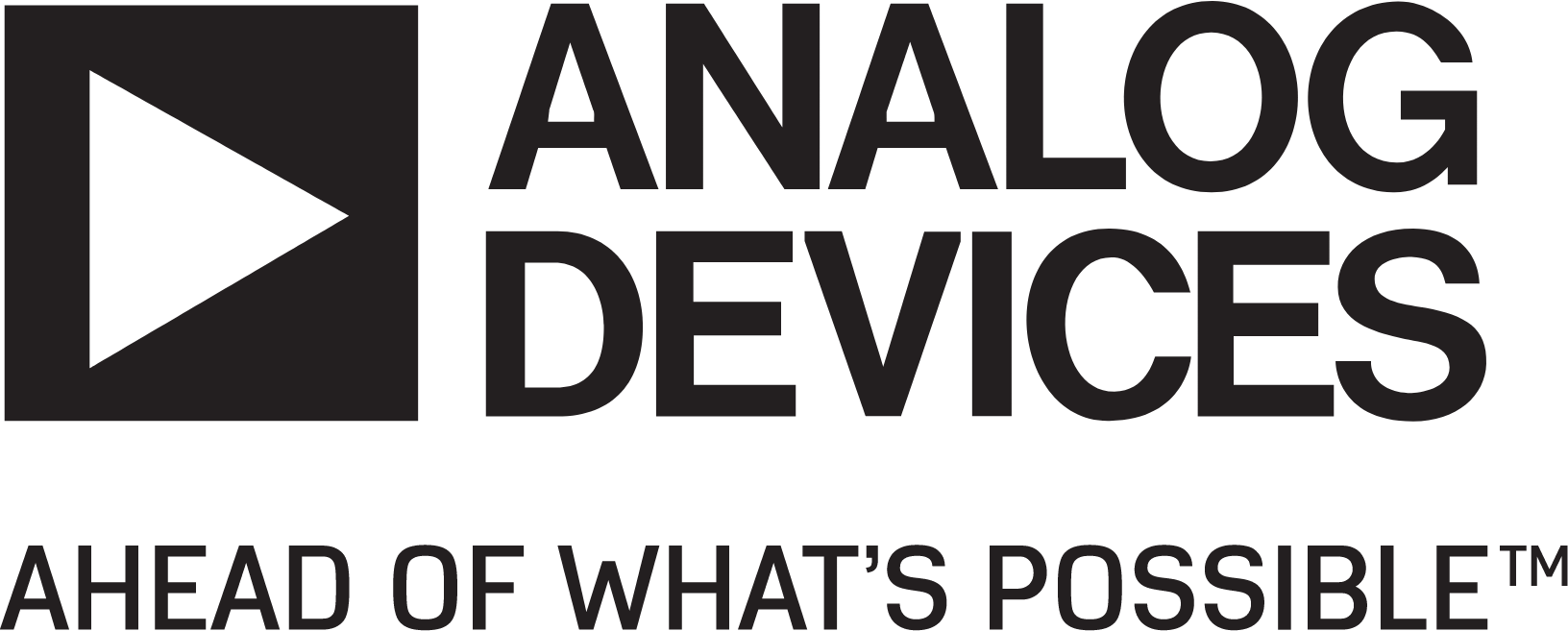


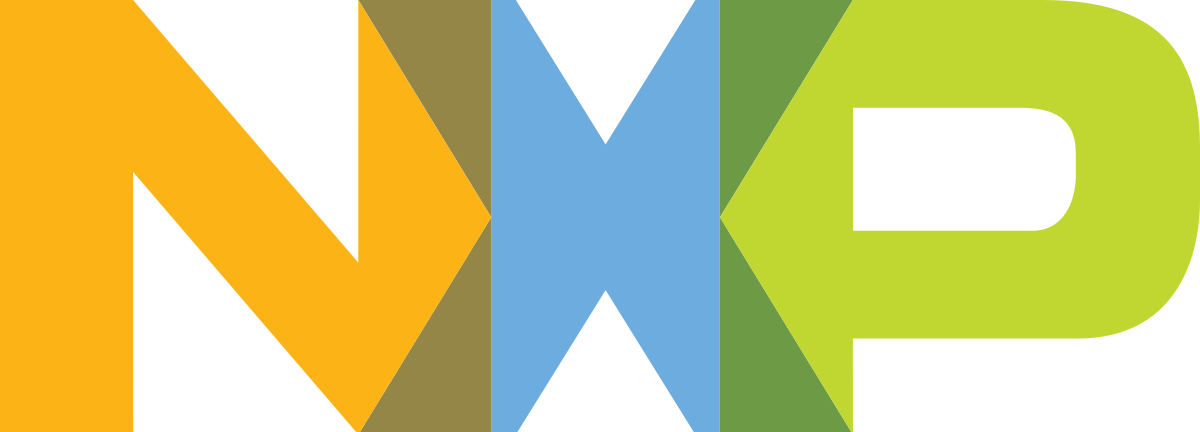
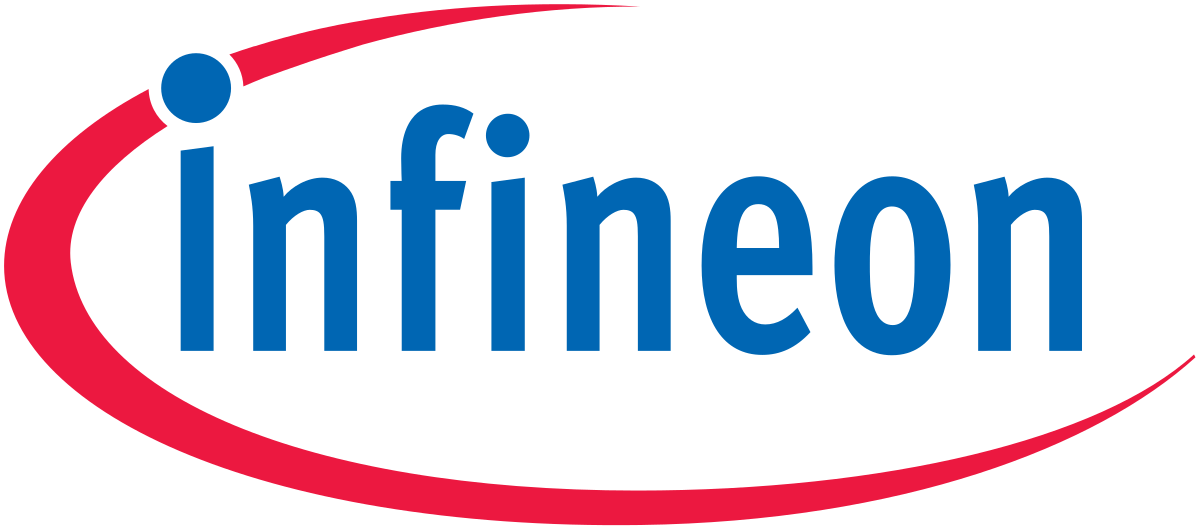



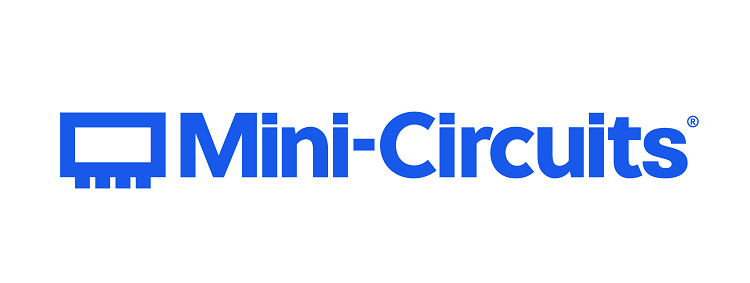
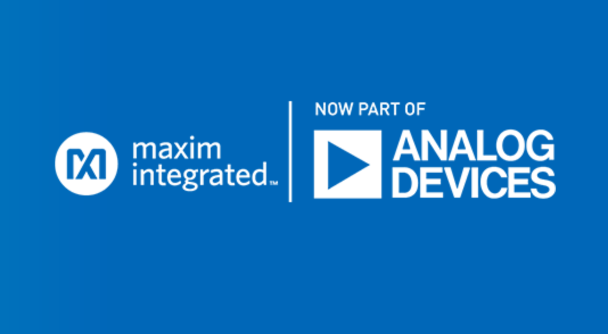
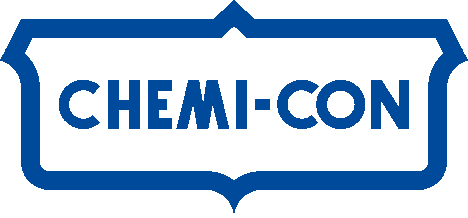
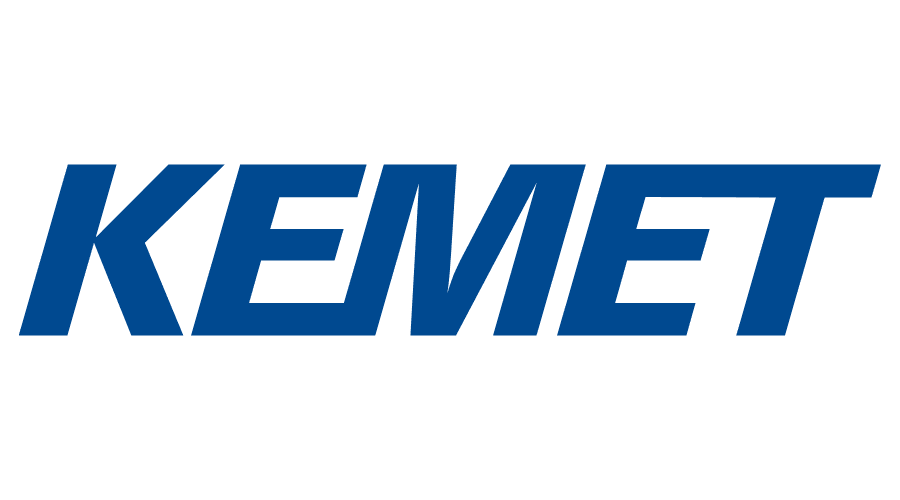

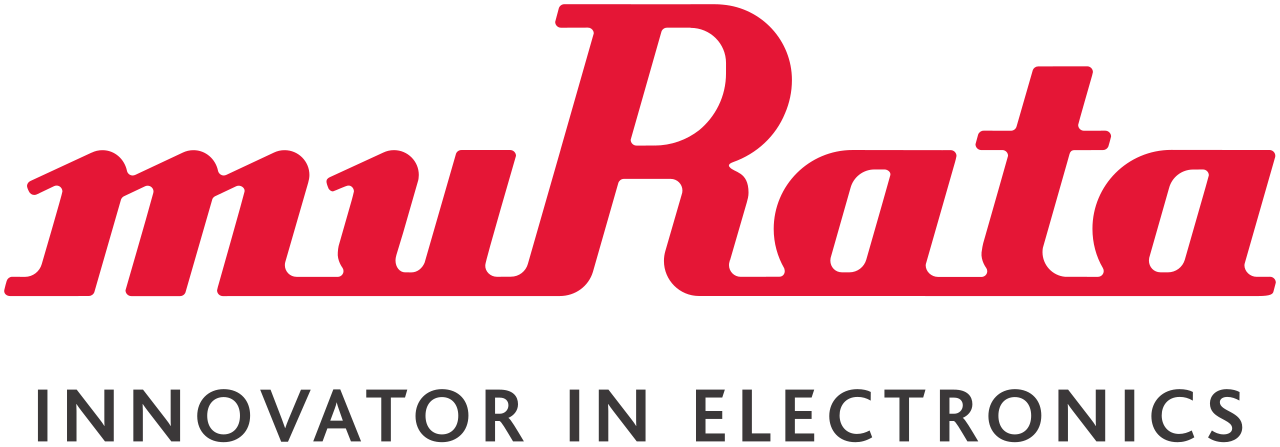



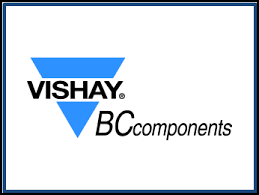
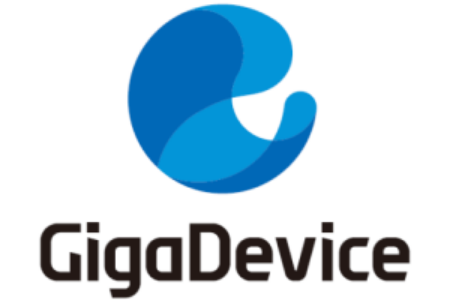
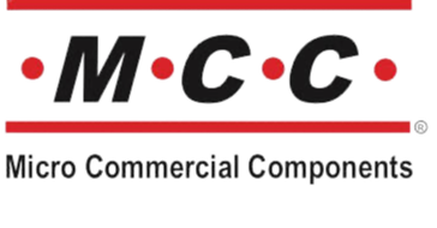
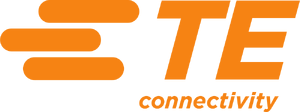

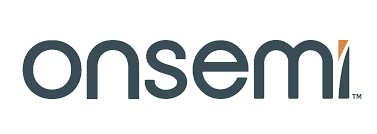


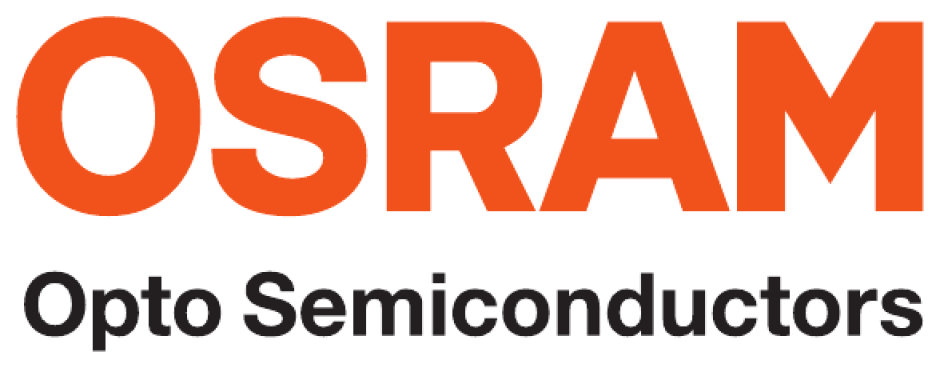

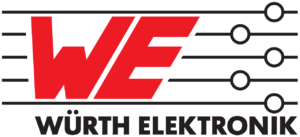
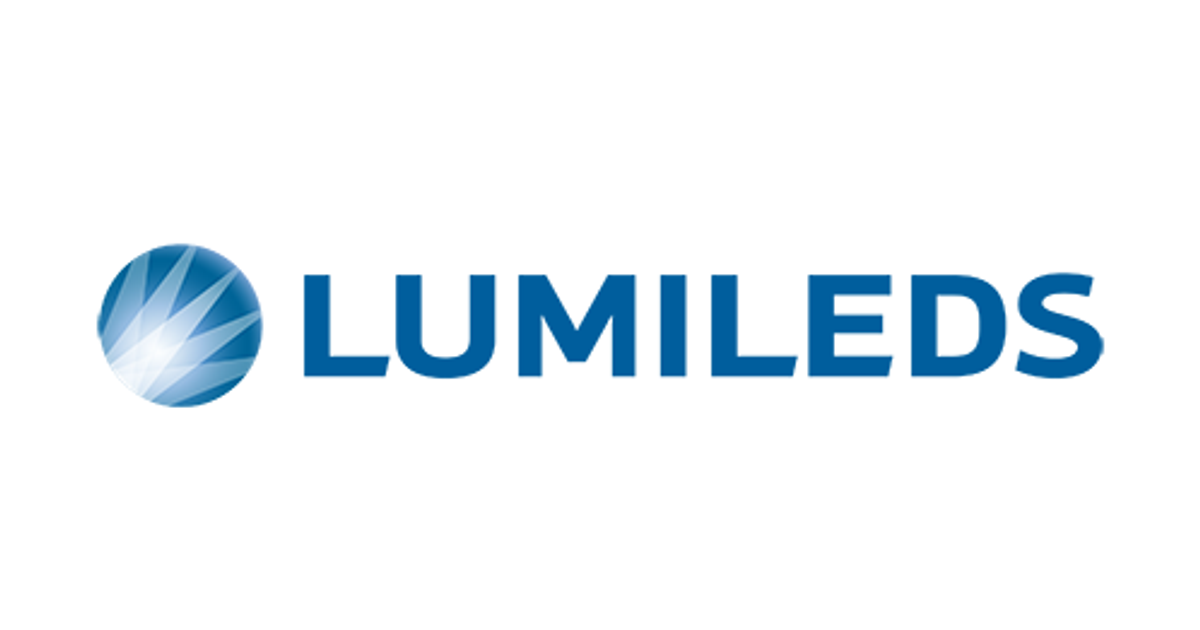
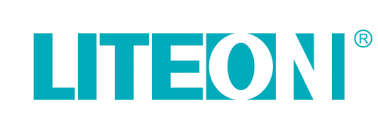
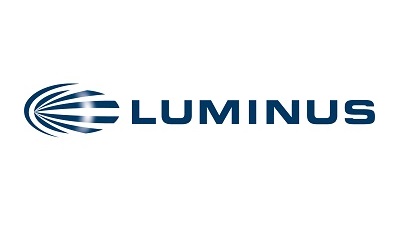

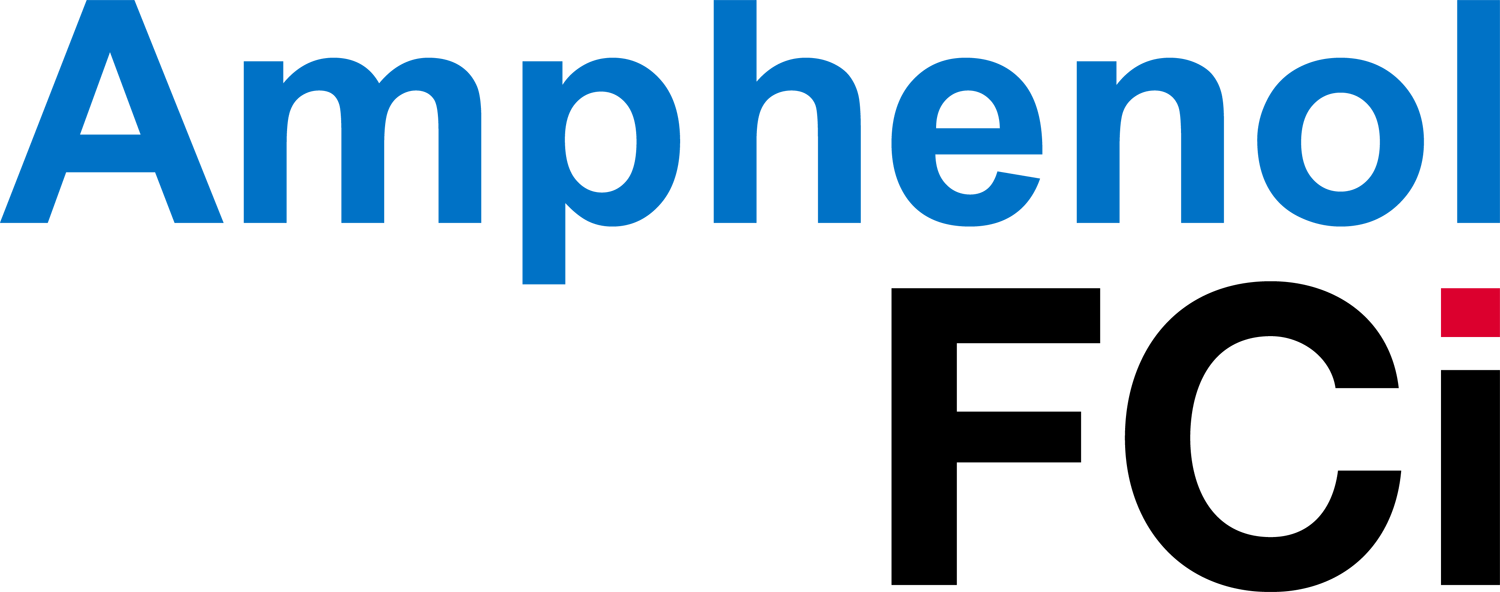
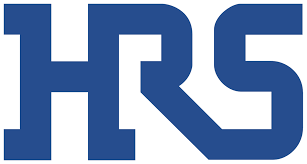








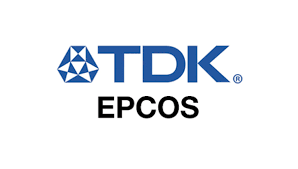

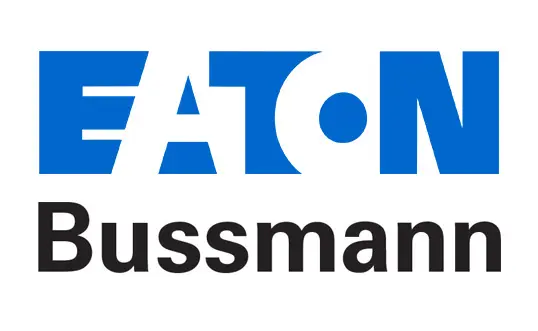
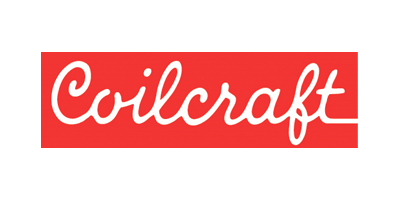

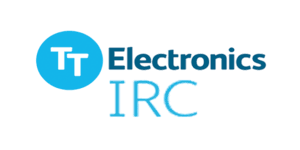
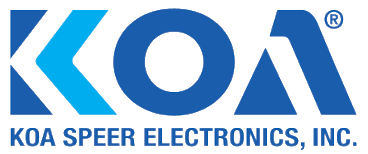
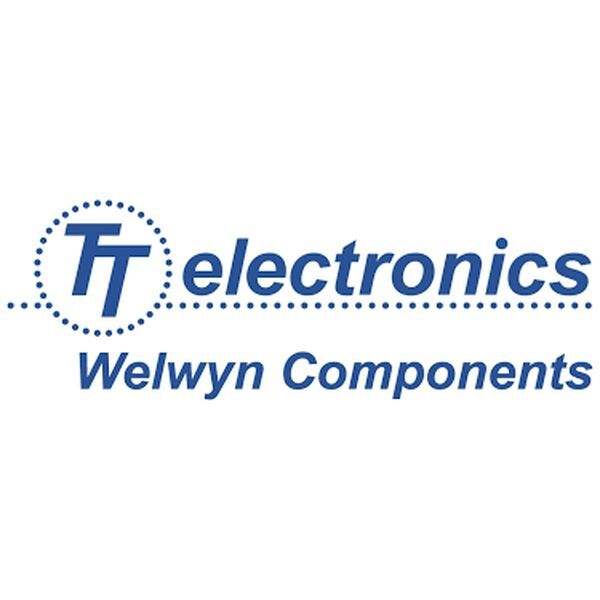
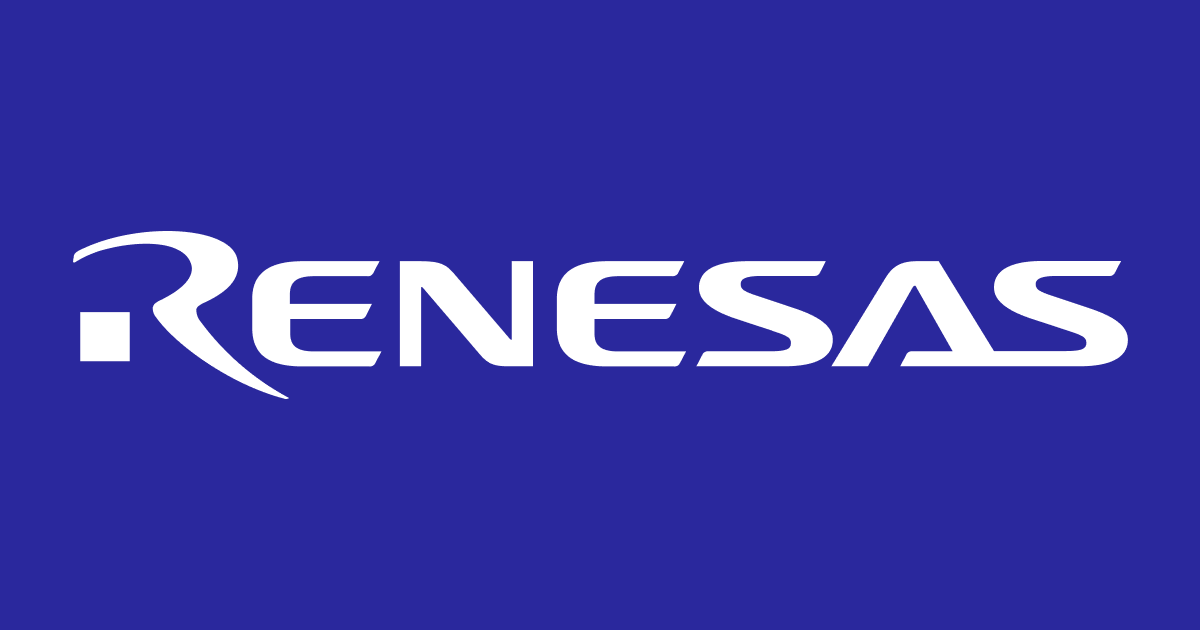
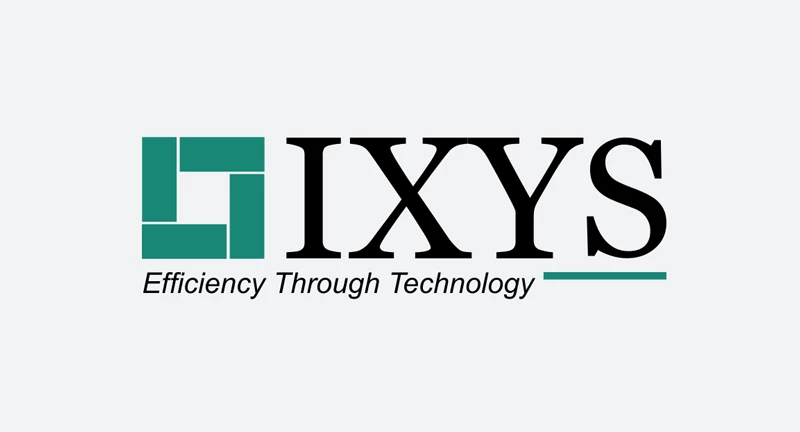
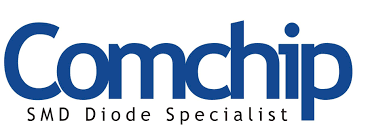
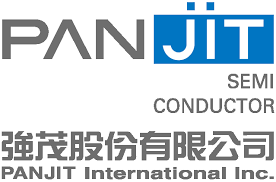
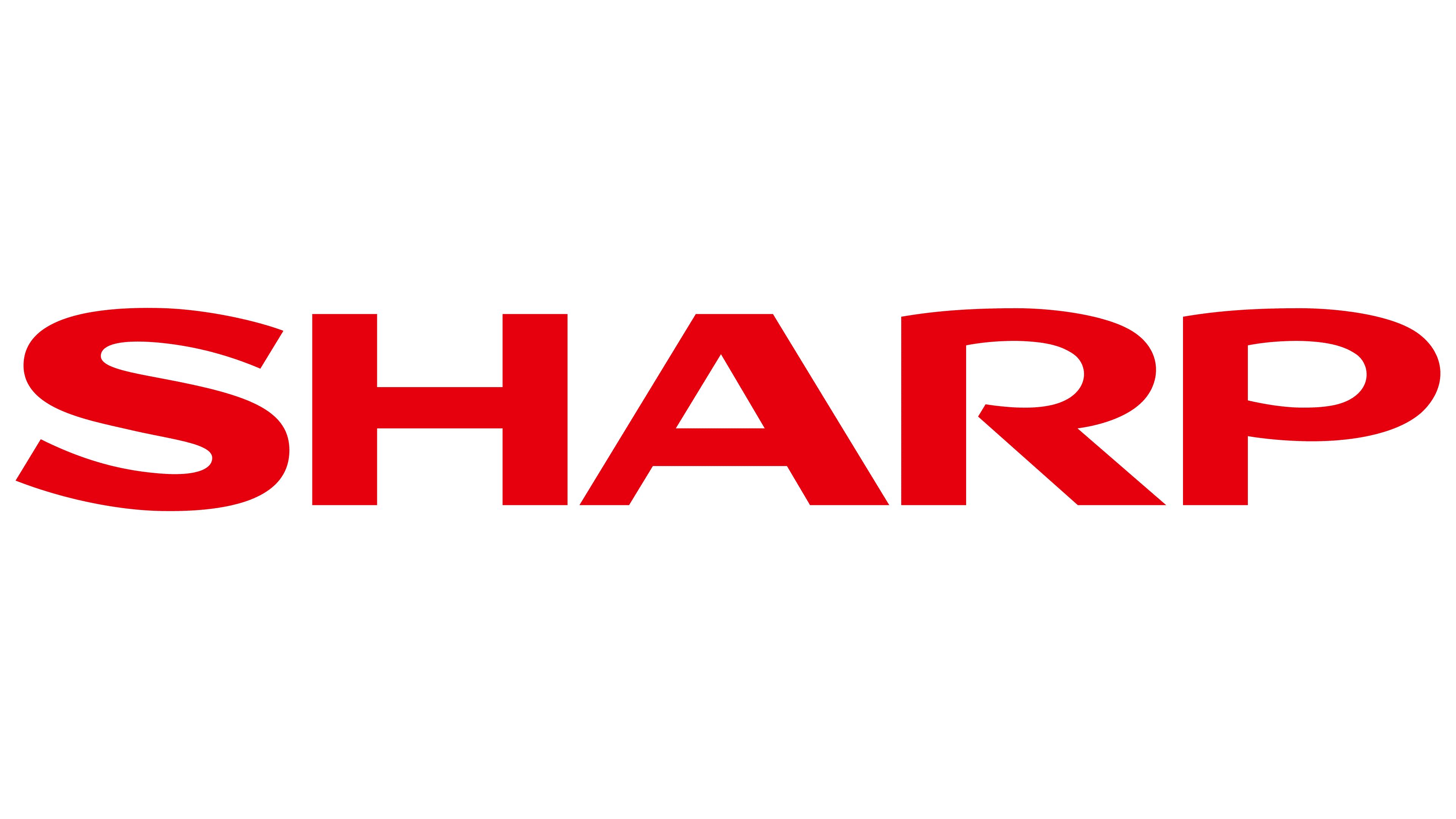
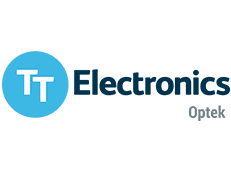

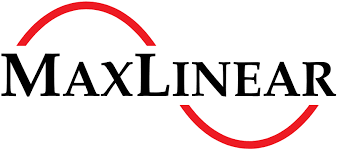
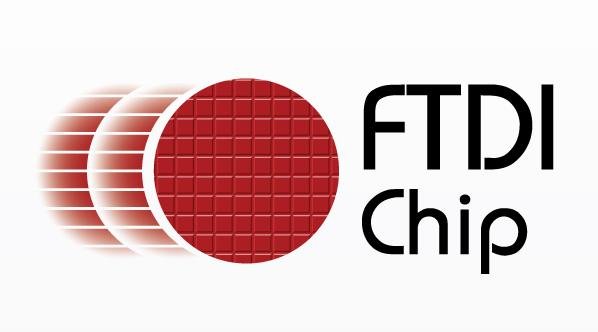
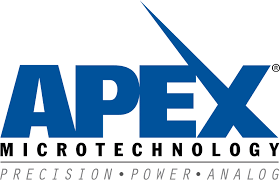


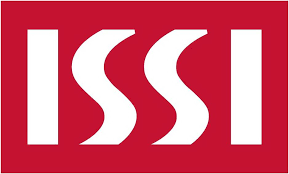




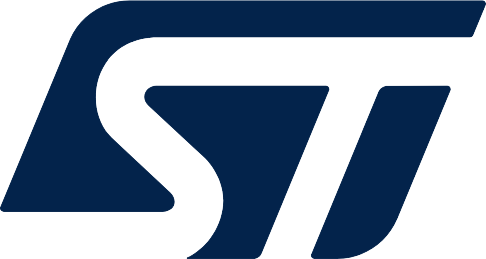






 Chat
Chat


